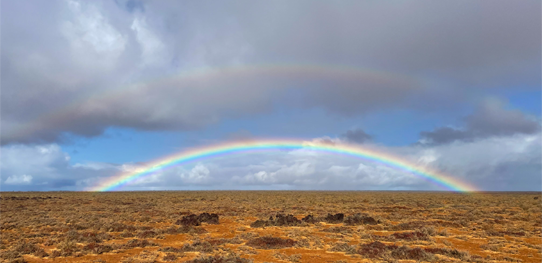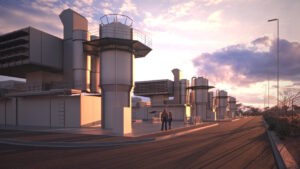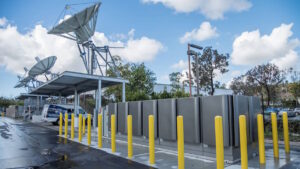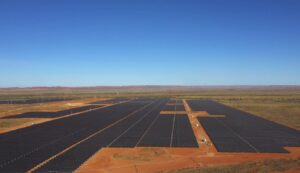A key shareholder in the two biggest wind, solar and green hydrogen projects in Australia has hailed the passage of the federal government’s production tax credit scheme, saying the Future Made In Australia bill will open the door for billions of dollars in support.
Intercontinental Energy is a shareholder in two massive projects located in Western Australia – the potential 70 gigawatt Western Green Energy Hub around Eucla in the south east of the state, and the 26 GW Australian Renewable Energy Hub in the Pilbara in the state’s north.
It hopes that the shareholders in each project can reach a financial investment decision on at least the first stages of the huge projects before the end of 2029.
“The Hydrogen Production Tax Incentive is a game-changer for Australia’s renewable energy landscape,” said Isaac Hinton, InterContinental Energy’s head of Australia in a statement.
“It provides the legislated certainty and support needed to accelerate large-scale green hydrogen projects, helping Australia lead the global transition to clean energy.
“Incentives such as this demonstrate a strong commitment to building a sustainable future and to diversifying our economy. It will enable projects like AREH and WGEH to deliver on their promise of creating jobs, driving investment, and decarbonising industries at scale.”
The Western Green Energy Hub – a joint venture between Singapore-based InterContinental, international renewables outfit CWP Global, and a commercial subsidiary of Mirning Traditional Lands Aboriginal Corporation (MTLAC) called Mirning Green Energy Ltd (MGEL) – has begun to work on federal environmental approvals.
The project – the world’s biggest – is equivalent to capacity of the entire Australian grid – proposes to straddle the Nullarbor Plain and build up to 35 “nodes” of around 2-3 GW of wind and solar, with an approximately 1.5 GW electrolyser and/or data centre at the centre of each node. The focus will be on green methanol production.
The AREH project, now with bp as the biggest shareholder, is looking at a region covering 6,500 square kms of land of the Nyangumarta people, and with up to 26 gigawatts of capacity from 1700 wind turbines and vast fields of solar panels.








